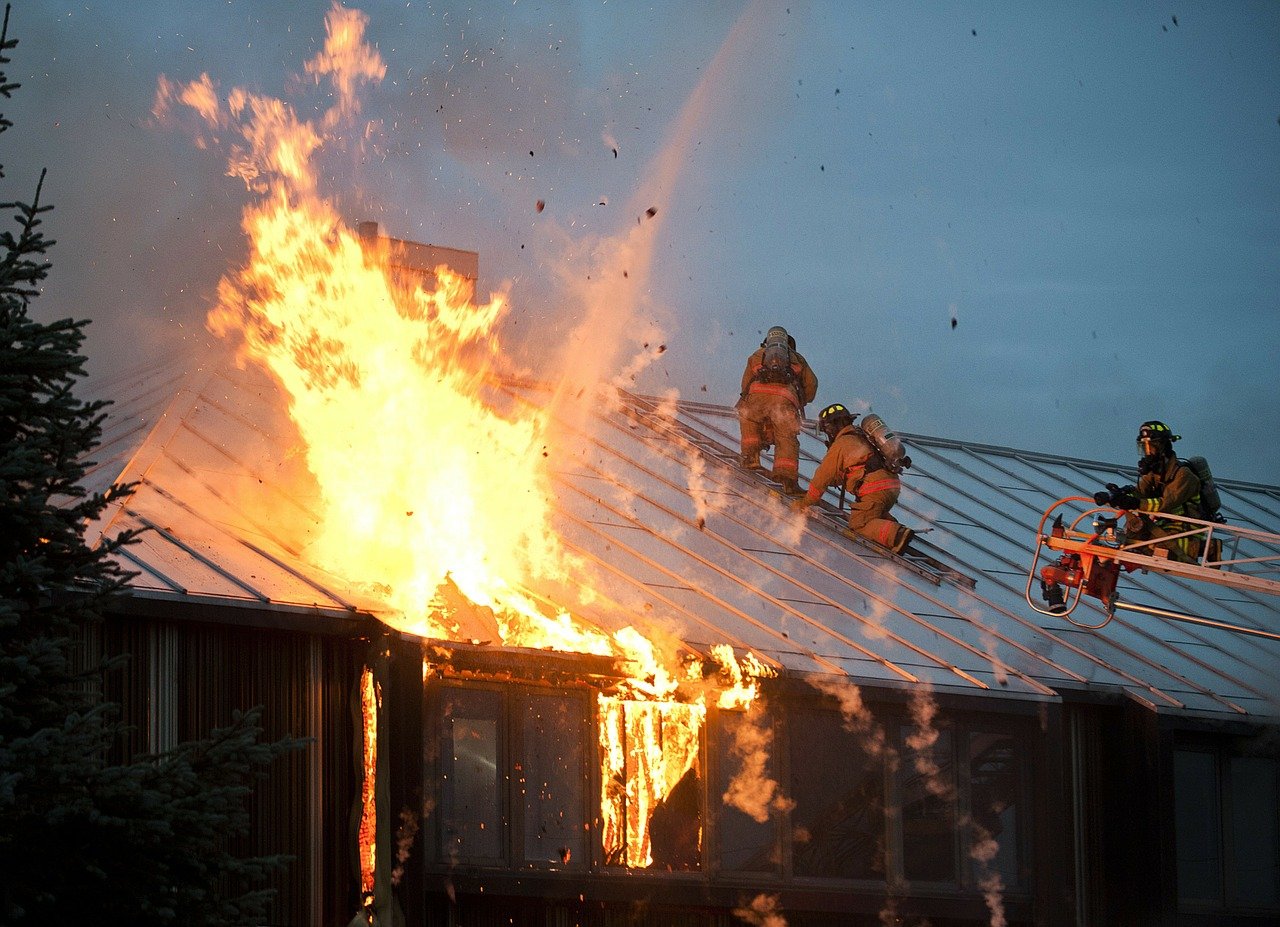

We’ve had radar for nearly a century. An understated piece in humanity’s technological toolbox, radar is elegant and simple in concept: You send off radio waves, pick up their reflections with a receiver, and study the waves to discern where and how far away things are.
Today, designers have been able to create elaborate radar systems using multiple receivers. When a single device, like your mobile phone, for instance, pings multiple receivers, it can then be triangulated with incredible precision.
Now, researchers at the US National Institute of Standards and Technology (NIST) have created a new radar scanning system that uses the opposite configuration, with one receiver and many transmitters. This new radio setup can create real-time images and video, even when objects are hidden behind walls or moving at hypersonic speeds.
The technology could potentially allow first responders to more easily find people in smoke-filled burning buildings, or to track speeding debris up in space. The researchers reported their results in Nature Communications.
NIST’s system relies on microwaves—the waves themselves, not the appliance—although microwaves are what bounce around to warm your food. Microwaves are the shortest denizens of the radio wave family. Their wavelengths can range from the size of a school ruler down to the thickness of a dime. They’re already used in radar; the devices that track a car’s speed on the road typically rely on microwaves, for example.
If you shorten microwave wavelengths much further—ten thousand times from the shortest microwaves—you get visible light. All these lie on the electromagnetic spectrum, and wavelengths aside, there’s fundamentally no difference between them.

But microwaves have certain advantages over light when it comes to creating images. “Obviously, I cannot see through those walls, because the kinds of wavelengths that the human eye is sensitive to, they don’t penetrate such objects very well,” says Fabio da Silva, one of the researchers who led the effort at NIST. “However, if you go to longer wavelengths, like in the microwave regime … you should be able to ‘see’ through the walls.”
Indeed, that’s why your router can reach anywhere in your house, or why your mobile phone catches a signal underground—they’re linked to the internet by microwaves that can pass through walls and floors. That also means that the researchers’ new system can reach through even relatively dense materials like drywall and concrete. It also won’t be hampered by adverse weather like thick clouds and rain.
[Related: China’s version of GPS is almost complete. Here’s what that means.]
But traditional radar isn’t very good at quickly forming detailed images. “To obtain an image, [radar systems] usually need to scan their illumination patterns, which usually slows down the imaging process,” says Mohammadreza Imani, a researcher who has studied microwave imaging, and a professor at Arizona State University who was not involved in the NIST research.
The NIST researchers wanted to make a system that could overcome that limitation. For inspiration, the NIST team looked to new devices called “single-pixel cameras” that, in essence, are cameras without lenses. They send out light and, using ultra-quick and ultra-sensitive detectors, measure how long it takes for the light to return. If you can get a system that processes the data quickly, you can create images quickly and efficiently.
Another key part of the researchers’ system relies on something called “light-in-flight,” which works with how waves bounce off things to reach their receivers. “You use the idea that light bounces off other objects, and these objects then illuminate other objects from multiple bounces,” says da Silva.
Aside from imaging, light-in-flight is often used by 3D rendering software to create more realistic images. The researchers at NIST adapted it to work with their microwaves.
For da Silva and his colleagues, a large hurdle was being able to incorporate all these concepts into a usable scanning system. So they turned to GPS, which locates you by finding your location relative to multiple satellites. Da Silva and his colleagues used multiple sources of microwaves and a single receiver, relying on computer algorithms to tie it all together.
The result is a system that can scan an area the size of an above-average apartment, then find objects as small as 1 millimeter—all within microseconds. The researchers also hope the system can be used for applications similar to the original purpose of radar: tracking objects that are hypersonic, moving over five times the speed of sound. Examples include explosions or space debris, the latter of which is becoming a greater threat as Earth’s orbit gets increasingly cluttered with human-made junk.
[Related: The sky is full of potential UFOs—here’s why]
“In addition to providing fast imaging over a large scene, the system discussed in this paper can differentiate between first- and second-scattering events,” says Imani. In other words, it can detect not just a bounce, but the bounce after a bounce. “One can use the second-scattering events to image through obstacles, as well as around them.”
The team’s results are based on laboratory demonstrations at NIST. Since then, da Silva has left NIST for a startup, Wavsens, where he hopes to continue working on the system and ultimately turn it into something that can be put on the market and see wider use.
“We do expect to have something like a prototype test done in the next couple of months,” he says. “Then we can, probably in the next year, have something that can be either deployed or tested in real applications.”
Aside from this system, other researchers want to create microwave security scanners that are faster, less intrusive, and much less bulky than the giant pneumatic tube boxes you see at airports. Microwave imagers are also the backbone for self-driving cars. And small microwave cameras, Imani says, could even find their way into your phone.
“It can also be used just for fun, for example to inspect [the] fitting of a shoe without any harmful effect,” says Imani—kind of like old X-ray shoe fitters, but without the unnecessary radiation.
